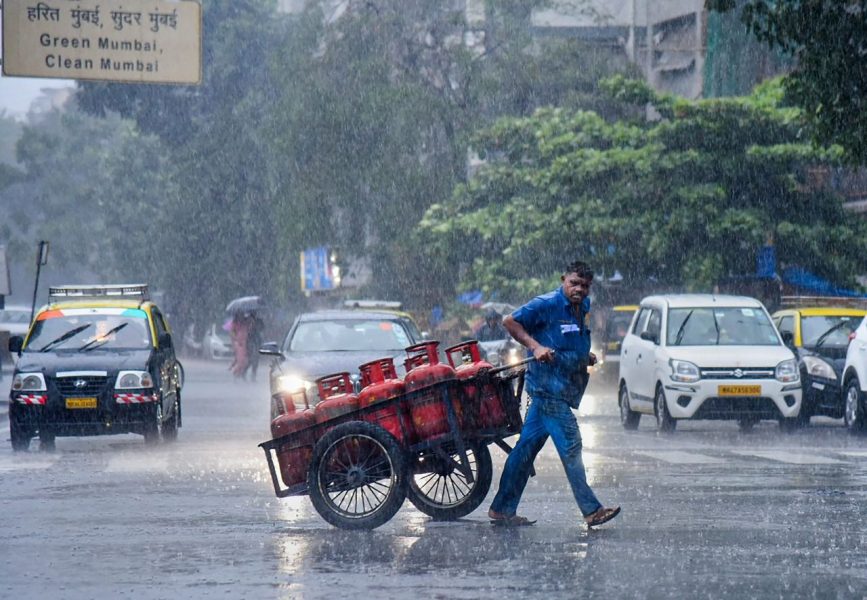
Wettest monsoon week saw 50% surplus rains; Maha, Telangana deluged, UP dry

Heavy rains and floods lashed many parts of the country last week between July 7 and July 13 as India recorded its wettest week this monsoon, seeing a 50 per cent surplus in rainfall. This was the highest surplus since June 1, when this year’s monsoon commenced, according to IMD data.
While surpluses were seen in the weeks ending June 22 (45 per cent) and July 6 (28 per cent), this week was the highest so far. The country recorded 93.5mm rainfall and at least 42 districts received 300 per cent more rainfall than normal, according to a report by Times of India.
Also read: With floods ruining NRC-relevant documents, Assam residents face bleak future
From July 7, some stations received 1,200 per cent more rain than their weekly quantum, said Rajendra Jenamani, a scientist at National Weather Forecasting Centre, IMD. “These perhaps were even the highest records in many years,” he was quoted as saying by Times of India.
MJO responsible
The biggest contributor to this heavy rain, according to the report, is the Madden-Julian oscillation (MJO) — a recurring eastward moving ‘pulse’ of cloud, wind and rainfall, which affects tropical weather systems — which entered a favourable phase earlier this July causing the heavy downpour.
According to Jenamani, the monsoon started getting active from June 28, and was followed by the formation of a low pressure system. “When a low pressure was formed after a long period, it further activated the monsoon current,” he said.
Uttar Pradesh remains dry
While Maharashtra and Telangana saw extensive rains and flooding between July 7 and July 13, other parts of India were largely deficient. Uttar Pradesh saw barely 77.3 mm rainfall between June 1 and July 15, according to IANS, and the north-east saw a 66 per cent rain deficiency during the week as well.
“The monsoon trough is active and south of its normal position,’ an IMD bulletin said on July 13. The Bay of Bengal branch of monsoon was more active in June and resulted in more rainfall in the north-east during that period, according to D S Pai, director of Institute of Climate Change Studies in Kerala.
Also watch: Heavy rains batter Telangana, several places flooded
The MJO became more favourable during the past fortnight, he told the Times of India. “The Arabian Sea branch also strengthened. The monsoon trough being south of its normal position kept all the moisture concentration over central and peninsular India, resulting in significant rainfall in these parts.”


